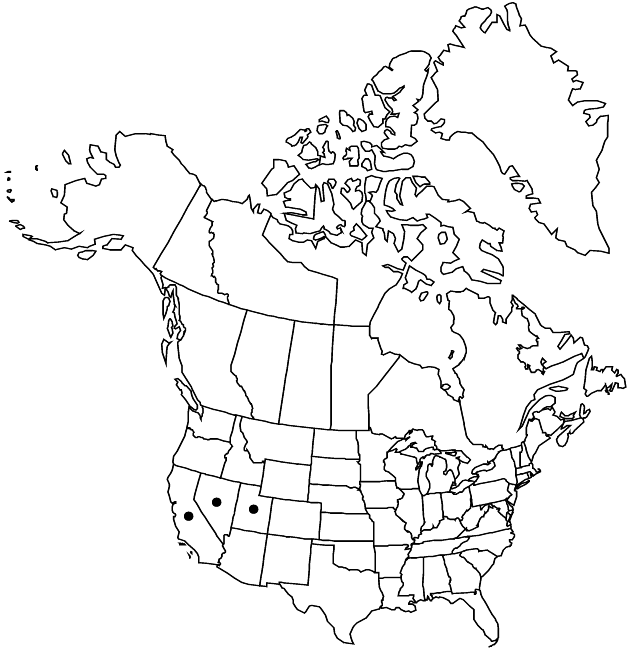Pyrrocoma apargioides
Erythea 2: 70. 1894.
Plants 5–18 (–30) cm. Stems 1–7, procumbent to decumbent or ascending, red tinged, scapiform, glabrous or sparsely tomentose. Leaves: basal petiolate, blades lanceolate to narrowly oblanceolate, 30–100 × 2–18 mm (leathery), margins usually coarsely dentate to laciniate, rarely entire, ciliate; cauline sessile, blades linear-lanceolate (bractlike), 10–20 × 1–2 mm; faces glabrous, eglandular. Heads usually borne singly, terminal, rarely 1–2 smaller proximally. Peduncles 2–3 cm. Involucres hemispheric, 7–13 × 13–20 mm. Phyllaries in 3–4 series, green, oblanceolate to narrowly oblong, 4–10 mm, unequal, margins white to purplish, entire, ciliate, apices green, broad, acute, faces glabrous. Ray-florets 11–40; corollas 7–16 mm. Disc-florets 45–90; corollas 5–7 mm. Cypselae fusiform, slightly flattened, 5–7 mm, 3-angled, faces striate, glabrous; pappi tawny, 5–7.5 mm. 2n = 12.
Phenology: Flowering Jul–Sep.
Habitat: Openings in pine forest, wet meadows, open rocky slopes
Elevation: 2100–3700 m
Distribution

Calif., Nev., Utah.
Discussion
Pyrrocoma apargioides is distinguished by its sharply serrate or laciniate leaves, subscapiform stems with bractlike cauline leaves, and heads usually borne singly. It is thought to be closely related to P. racemosa (H. M. Hall 1928; R. A. Mayes 1976).
Selected References
None.
Lower Taxa
"[" is not declared as a valid unit of measurement for this property."[" is not declared as a valid unit of measurement for this property.